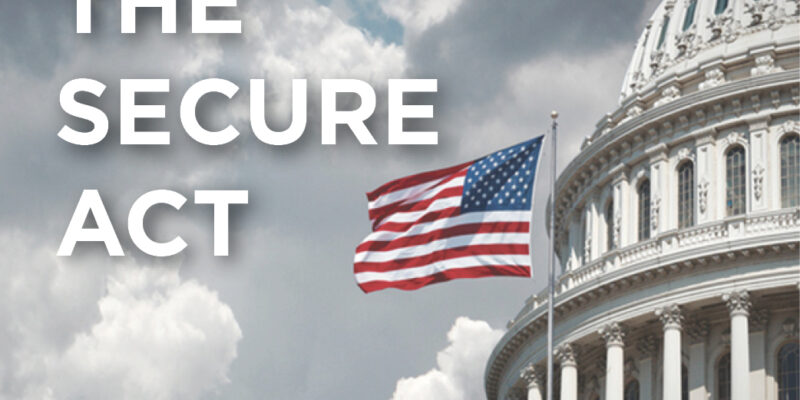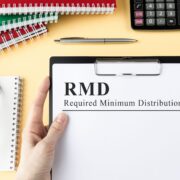The SECURE Act passed at the end of 2019 had a variety of functions that impacted people and their retirement accounts.
For monetary advisors serving small company owner customers, the SECURE Act also provides a number of opportunities for small company retirement strategies.
Tax Credit for a brand-new Strategy
Before the SECURE Act, small businesses could get a tax credit of 50% of the start-up cost of the strategy as much as an optimum of $500.
Under the SECURE Act, the optimum credit quantity has been increased to $5,000. This change went into effect for plan years starting Jan. 1, 2020. The credit is determined as the greater of $500 or the lessor of $250 times the variety of non-highly compensated staff members who are qualified to take part in the plan up to a maximum of $5,000.
The credit needs to be utilized within three tax years. Eligible small company retirement plans consist of a 401( k), SEP-IRA, EASY Individual Retirement Account, a 403( b), and other certified retirement plans. In order to be qualified for this credit, a business should:
- Have 100 or fewer staff members who each made at least $5,000 in the previous year.
- The company should have at least one non-highly compensated worker.
- None of the workers can be considered the same staff members who over the past three tax years either received gain from or added to a retirement strategy with the same employer, a predecessor company, or a company that belongs to the present company’s control group.
For entrepreneur clients who wish to develop a brand-new prepare for their workers, this can be at least a little reward.
Extended Deadline for Establishing a new Strategy
The SECURE Act extended the deadline for a company to develop a brand-new competent retirement strategy. Previously the due date had been the end of the fiscal year in order for contributions to be deductible for that tax year. SEP-IRAs were a significant exception to this.
The SECURE Act modifications this deadline to the company’s tax filing due date consisting of any extensions if relevant. This makes sense as the majority of organizations complete their year-end financials after the end of the year. This extension provides your entrepreneur customers with a slightly longer preparation horizon. If they are searching for some additional deductions after the close of the year establishing a new retirement strategy may be an excellent option for them.

Credit for Adding Auto-Enrollment
The SECURE Act contains a credit for retirement plans adding an auto-enrollment feature to the strategy. This can apply to a brand-new or an existing plan such as a 401( k), BASIC Individual Retirement Account, or other strategies where this is a staff member deferment part. The credit is $500 and can be claimed for as much as 3 years.
Auto-enrollment features typically help boost the percentage of staff members who participate in the plan. While the credit is a great benefit, the potential for increased participation must be the preparation aspect you worry about with relevant customers. For strategies that may have difficulty passing non-discrimination screening each year, this may be the nudge that presses them over the level that allows the business owner and other extremely comped staff members to max out their contributions.
Streamlined Safe Harbor Notifications and Adoption
Formerly, safe harbor retirement plans had to offer participants an annual notification of the safe harbor contribution for the next year before the start of the year. As of the beginning of 2020, under the SECURE Act, this notification is no longer needed if the company is making a non-elective safe harbor contribution of a minimum of 3%.
The SECURE Act provides strategy sponsors with a higher level of versatility in the timing of when they adopt specific safe harbor arrangements. Previously they had to do so prior to the start of the plan year, this has been modified to a minimum of 1 month before the end of the strategy year.
These changes, though not huge, do relieve a few of the alert concerns of the plan sponsor and enable them greater versatility.
Overall, if you encourage small company owners or other customers to offer a retirement plan for their staff members, these changes used by the SECURE Act may assist entrepreneurs who are on the fence about providing a retirement strategy and those who currently use one.























Comments